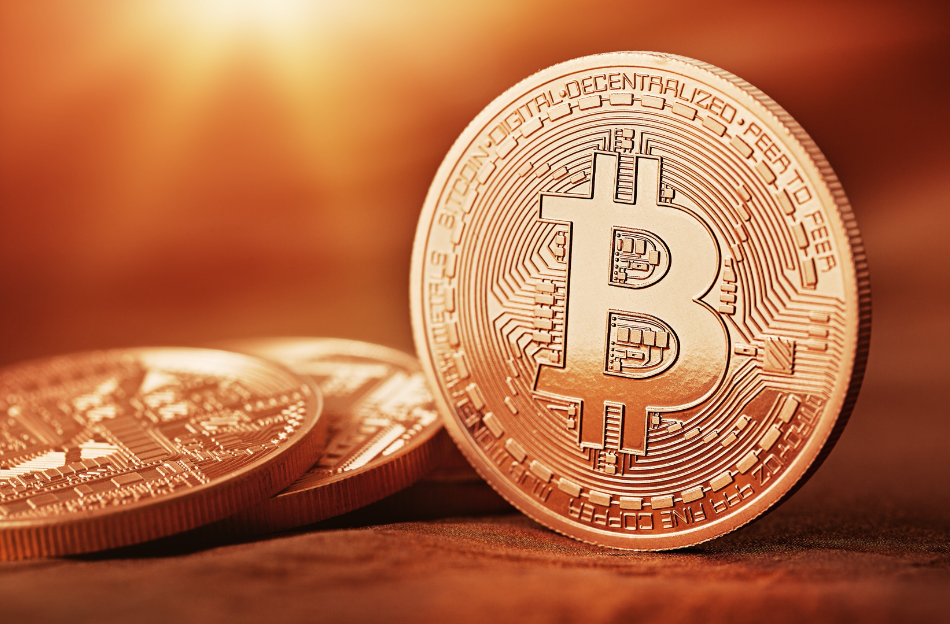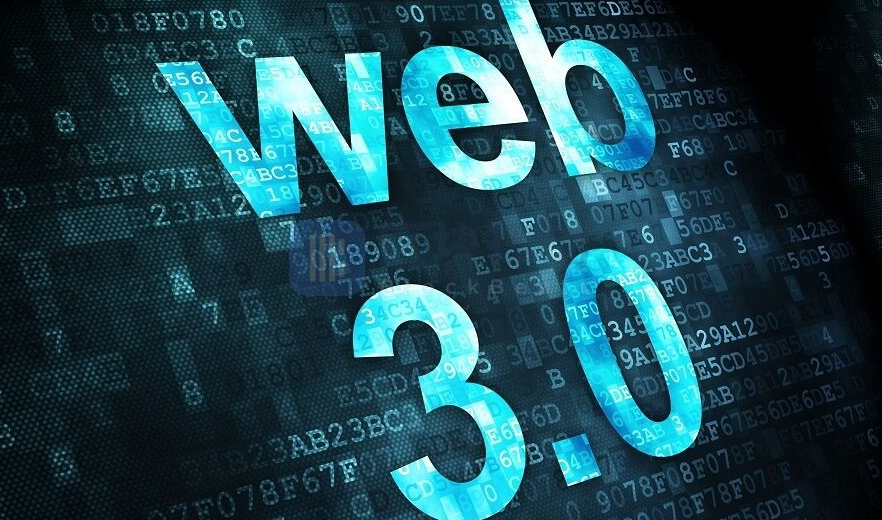Documenting Bitcoin. Bitcoin is a digital currency that works with a public ledger called a blockchain. This technology allows all network participants to track and assess transactions in real time.
One of the benefits of this system is that it reduces the possibility of online payment issues known as double spending. This is because no single node within the network can tamper with data held in the blockchain.
Transactions
A bitcoin transaction is a data structure that encodes the transfer of value between participants in the Bitcoin network. These transactions are then validated, propagated, and added to a public record called the blockchain.
The blockchain is a public ledger that records all of the transactions that have ever taken place in the Bitcoin network, enabling anyone to see how much has been spent and who it was sent to. This public record is shared across every node in the network and can be accessed using a block explorer.
Each transaction contains multiple inputs and outputs, which are encoding instructions for sending bitcoins to a destination address. As long as all of the outputs have an associated amount and the total input amounts are greater than the total output amounts, a valid transaction will be created and broadcast on the network.
One of the most important features of a transaction is that it creates spendable chunks of bitcoin that are registered to each address and available for spending in future transactions. These chunks of bitcoin are called unspent transaction outputs (UTXO) and are tracked by all full-node clients.
These UTXO are then consumed by new transactions as they spend the outputs of previous transactions. These chains of transactions that consume and create UTXO are an essential part of the system and are a major reason why bitcoin is able to function as peer-to-peer cash.
Because there are no accounts or balances in bitcoin, the only thing that is truly permanent is the outputs of all transactions. These are a crucial part of the blockchain and are the only way that we can trace where the value of a specific bitcoin has been spent. This information is important for a variety of reasons, including allowing users to verify who owns a particular piece of bitcoin and for preventing backwards incompatible changes to the Bitcoin protocol that could be tampered with by malicious individuals.
Blocks
Blocks are a fundamental aspect of blockchain technology that are used to record and confirm transactions. These blocks are part of a public ledger that can be cross-referenced to trace the history of bitcoins from one transaction to another.
These blocks are also a form of time-stamping that ensures that the data is accurate and permanent. This is a key feature that makes blockchains tamperproof and helps prevent hackers from manipulating transactions.
The blockchain is a decentralized, distributed network of computers that store and record transaction data. This data is time-stamped and encrypted, and it is tamperproof because it is not stored on a single computer.
Each block contains the latest valid transaction data along with a previous block hash that links each block together in a chain of blocks. It also has a difficult-to-solve mathematical puzzle that is unique to each block.
Miners compete to solve the mathematical puzzle and add their solution to the next block in the chain. This is called mining and is rewarded with new bitcoins for solving each block.
Because the puzzle is difficult to solve, it takes time to complete a block. The average time is 24 hours before a new block is mined.
Every block includes a generation transaction that tells which addresses and scripts are entitled to receive the reward for solving the block. It is important to note that these address/script records are not linked to real-life identities, which is why they are considered pseudonymous.
The Bitcoin blockchain is a large, complex network that stores and records many different types of information. This is why it is referred to as the “blockchain.” The blockchain is not only an important component of Bitcoin, but it is also a vital piece of technology that could revolutionize the way we do business.
Mining
Mining is the process of verifying and recording transactions in a digital ledger called the Bitcoin blockchain. It involves vast, decentralized networks of computers around the world. In return for contributing their processing power, computers on the network are rewarded with new coins.
It is important to remember that this process consumes a large amount of electricity. Because of this, it’s not feasible for residential miners to mine in their own homes.
Fortunately, professional mining pools offer efficient hardware and lower electricity costs. In addition, these pools provide a reliable source of income for their members.
The process of mining reduces risks to the Bitcoin network and helps make it less likely that a hacker will be able to double-spend or counterfeit the currency. In addition, it ensures that the network is secure by making it more costly and resource-intensive to try to break it.
To mine, you need to have specialized hardware and software installed on your computer. These devices solve complex cryptographic hash puzzles to validate transactions.
Once the hash is found, you can use that information to build a block of verified transactions on the blockchain. This block is rewarded with bitcoins, which increase in value as more blocks are created and added to the network.
The mining process is an important part of the blockchain and its decentralized structure. It requires computers to solve complicated mathematical problems, which consumes a large amount of energy. This energy is voluntarily contributed by miners.
Transaction Fees
Transaction fees are a critical part of the Bitcoin protocol. They compensate miners for securing the network and provide the funds needed to run exchanges. They also help to eliminate spam transactions, which are a major threat to network security.
Most wallets allow you to set the fee rate for your transaction, which is usually measured in satoshis per kilobyte (abbreviated as sats/vByte). The fees are calculated based on market conditions, and are used to determine how quickly a transaction will be included into a block.
Generally, miners will prioritize transactions that have sufficient fees over those that do not. This results in a higher probability of your transaction being chosen and processed in the next block.
As a result, many users choose to pay a fee in order to ensure that their transaction is prioritized. Wallet applications use dynamic fee estimation algorithms to calculate the best fee for your particular situation.
However, fees can vary significantly depending on the size of your transaction and other factors. It is a good idea to consult Johoe’s Bitcoin Mempool Statistics or the block size and weight graphs on this page before manually setting your transaction fee.
In addition, most wallets allow you to select a general fee preference. You can choose between low, medium or high to suit your needs.
Generally, a fee of two satoshis per vByte is sufficient for most standard transactions. If you are sending large amounts of money, it is advisable to pay a larger fee. This will ensure that your transaction is confirmed within a day or so.
Regulation
The debate around Bitcoin and other cryptocurrencies continues to rage as governments worldwide look to regulate the use of these decentralized digital assets. Countries are banning them for a variety of reasons: to protect customers, prevent fraud, or even to stifle their growth.
In the US, for example, the Biden administration is trying to reconcile two opposing goals when it comes to regulating cryptocurrencies: supporting development and restricting their illegal uses. In a recent executive order, President Biden called on federal agencies to study the risks and benefits of cryptocurrencies and issue official reports on their findings.
At the same time, the Treasury Department is aggressively policing online criminal activity and seizing crypto assets that were part of fraudulent schemes. This has been the main focus of its efforts since September 20, 2021, when the department imposed its first ever exchange sanctions against Russia-based Suex.
These sanctions were an important step forward for the U.S. government’s efforts to police the virtual currency market, but they do not address the main concern: how to get rid of criminals who use cryptocurrencies to launder money and avoid paying taxes.
Fortunately, many countries are making progress toward addressing this issue through regulations. The EU, for example, recently reached a provisional agreement on the markets in crypto assets (MiCA).
While many European nations have already enacted national legislation that addresses issues such as financial services providers, exchanges, and wallets, MiCA provides an international standard for regulated crypto assets that could be applied to any country. It also promotes global collaboration in the creation of standards for regulatory certainty.
In addition to addressing these issues, the global community is also working toward creating a new international framework for taxing cryptocurrencies. This will help to ensure that tax & accounting professionals have a full understanding of the risks and opportunities of digital assets, allowing them to incorporate these into their workflows and practices.



